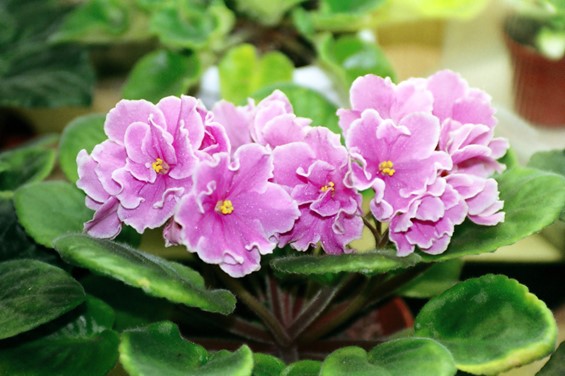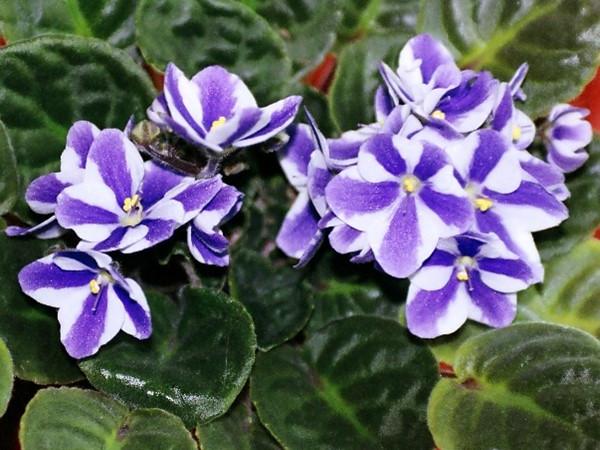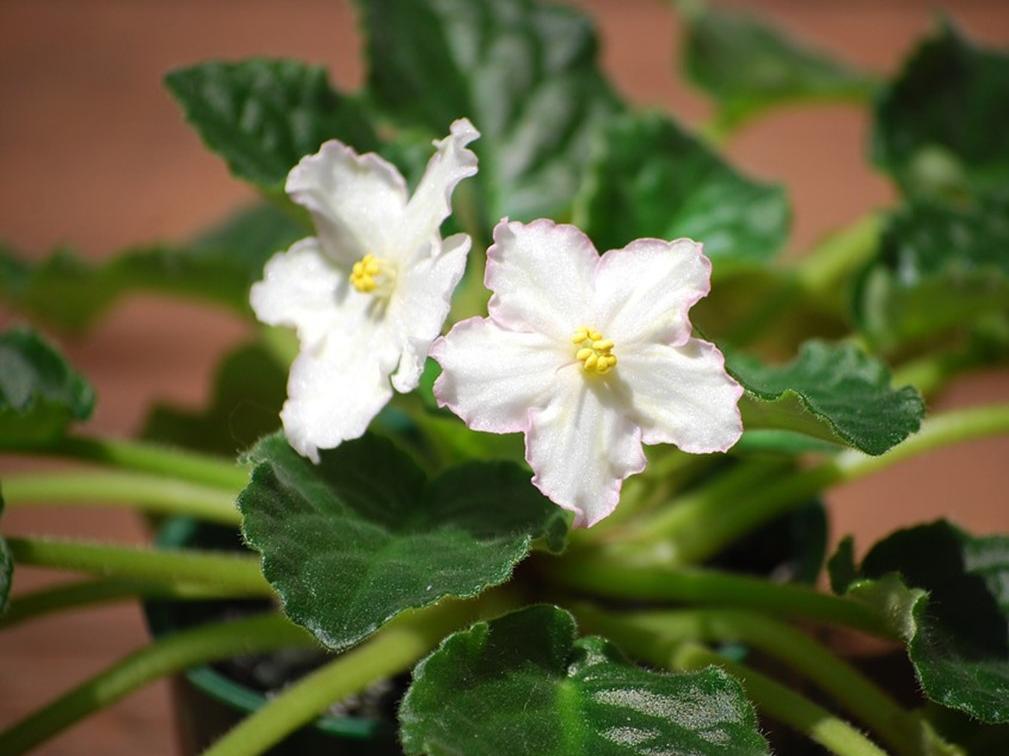Perfectly suited to indoor cultivation, these adorable little cape violets, with their fleshy, downy leaves, enjoy long, abundant flowering and pretty colors. With a few simple gestures, you'll be able to keep them in bloom for many years to come.
Saintpaulias have been popular houseplants for generations. Compact and low-growing, they bloom several times a year and are available in a multitude of colors.


Origin of saintpaulia
Discovered in South Africa, the saintpaulia grows clinging to rock faces along riverbanks. It owes its nickname of African violet to its resemblance to the violet. The twenty or so natural species have given rise to several thousand cultivars, most of them derived from saintpaulia ionantha.
The plant you'll find at nurseries comes in a range of sizes (8 to 40 cm), with dark green to soft green, even variegated foliage, and single or double flowers in muted or deep colors.

How to care for a saintpaulia?
As long as you follow a few simple rules, African violets are easy to grow and will thrive for a long time in your home. Their needs are simple: light, humidity and warmth.
☀ Light
No direct sun, but plenty of light. Discolored leaves are a sign of too much light. Turn pots regularly to prevent flowers from leaning towards the light.
❀ Flowering
The plant flowers in episodes lasting two to three consecutive months, followed by rest periods of 20 to 30 days. Depending on the variety, Saintpaulias have single, double, solid or bicolored flowers in shades of blue, pink, white or violet.


💧 Watering and maintenance
Saintpaulias are demanding when it comes to watering. Water regularly but moderately, using lukewarm or room-temperature water. Water at the base of the plant and avoid wetting the foliage, which can't stand water (this causes staining).
Don't let the plant soak in water, as the base of the leaves will rot if over-watered. Conversely, avoid letting the plant dry out completely. To maintain a good level of humidity, place the pot on a bed of clay balls with a base of water.
Regularly remove wilted flowers and dead leaves, and dust the leaves with a brush or cloth.

🌡️ Temperature
Saintpaulia requires a temperature of between 15 and 24°C all year round. The temperature of a house or apartment is therefore ideal.


☠️ Toxicity
Safe for pets.
🦟 Diseases, pests and parasites
Saintpaulia can be affected by powdery mildew. And the usual pests - whiteflies, aphids, mealybugs and red spiders - can damage the plant.
🗑 Potting and multiplication
Repotting: only after flowering. Every 2 or 3 years. Note that Saintpaulias like to be a little cramped.
Multiplication: Take a leaf from the base. You can either soak it in a glass of water and wait for roots to appear, or you can transplant the stem directly into a mixture of peat and potting soil, which you place under a plastic bag to raise the temperature.